“Essentially, all life depends upon the soil ... There can be no life without soil and no soil without life; they have evolved together.” - Charles E. Kellogg, Soil Scientist

Soil mapping dates back to the early 19th century in Europe and US. Evaluation of soil quality and properties then was done majorly for taxation purpose. Later, with the evolution of soil science, agricultural productivity turned the priority for soil testing and classification. The need for an organized soil mapping, though, emerged only after World War II in the early 1950s under the auspices of Food & Agriculture Organization (FAO). Today, soil mapping is linked to crop productivity, tackling soil degradation, land resource management, restoring ecological balance and predicting natural catastrophes like landslides and floods. For the wealth beneath the soil to create value above it, we need to connect fundamental research with possible applications by leveraging technology.
Soil Management: Nations’ Response to the Need
Nations reached consensus on soil management with the FAO adopting the World Soil Charter and the United Nations Environment Programme (UNEP) publishing the World Soils Policy in 1982. But it was the food crisis of 2008 that prodded policy makers to realize that soil is a finite resource and an important factor in the context of food security. And, soil mapping is important since it gives access to timely, reliable and accurate information on nature, extent and spatial distribution of soils.
Challenges Below & Above the ‘Soil’
Soil mapping is no trivial task given the ‘on-the-spot’ challenges. Manual or paper based soil profiling devours time, resulting in delay in information reaching the decision makers. Moreover, the lack of a centralized soil database makes it difficult to analyze or interpret the data on collected samples. To overcome the limitations of paper-based soil profiling, nations and authorities have turned on the ‘digital switch’. But half-hearted digitalization can’t be a cure-all. Hence, digital soil mapping has its share of challenges. The key challenge is where technology itself has failed to make inroads- the ‘digitally excluded’ regions of the earth.
The GovTech Remedy- Blending Smart Technology with Offline Rigor
Technology offers the leap of faith when dealing with mapping a resource as heterogeneous and complex as soil. Geographic Information Systems (GIS) and spatial statistics offer powerful tools for producing soil maps.
Ethiopia, a developing economy, has jumped to the front of the queue in soil mapping. Its National Soil Information System (NSIS) is a case of end-to-end automation, integrated with multiple touch-points like the country’s national soil database, lab analysis results and data mining. The system conducts infrared spectroscopy as well as dry and wet chemistry analysis to evaluate soil characteristics. The field and lab results are fed to the soil database while the collected soil samples are archived in Soil Library for future analysis and forecasting. The system uses Machine Learning algorithms to generate soil fertility status and make recommendations for application of fertilizers. While technology is a huge enabler, many areas of Ethiopia are still untouched by internet. NSIS has a mobile app (synced with the national server) for capturing survey results achieved online which are then fed to the central data repository. Besides this, the mobile app has offline soil information useful for development agents to guide farmers on the right usage of fertilizers.
Such solutions lessen the dependency on human intervention and help to better manage soil resources. Also, GovTech solutions like NSIS stand out in merging technology with offline ground work. The future rests on exploiting smart technologies that link fundamental research with applications for the benefit of all stakeholders.
The author is Priyadarshi Nanu Pany, Founder & CEO of CSM Technologies. This article was originally published on his LinkedIn profile.






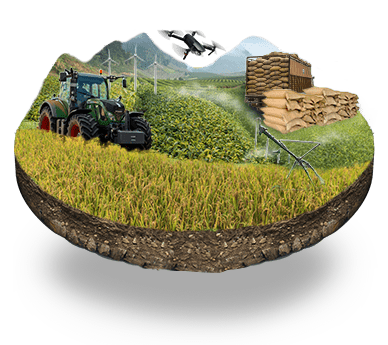








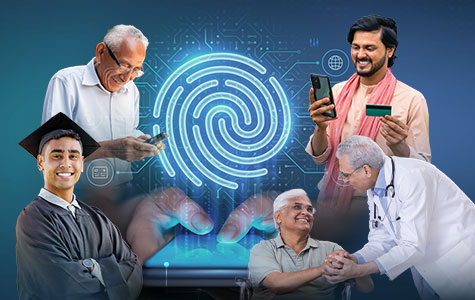
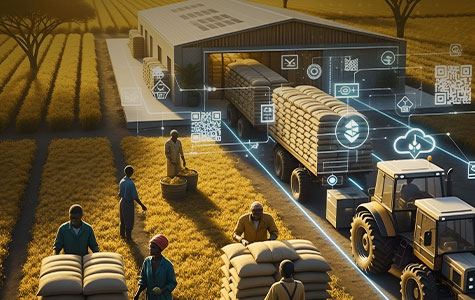


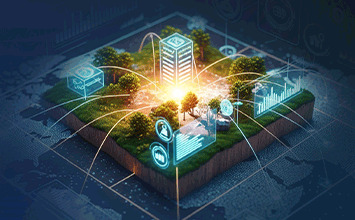

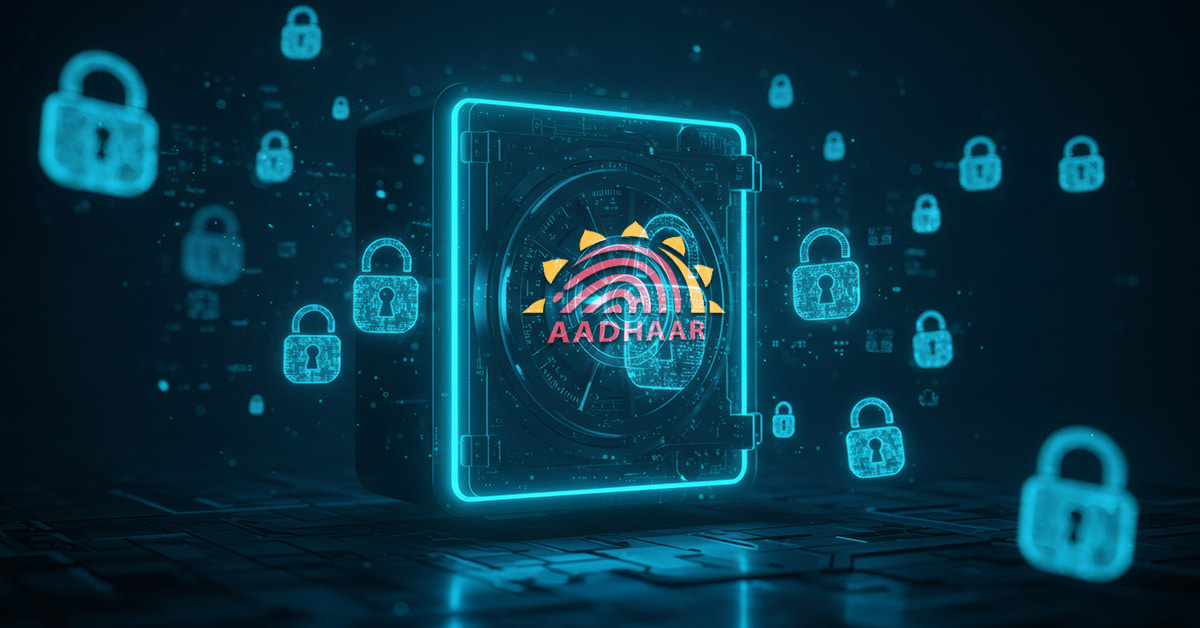
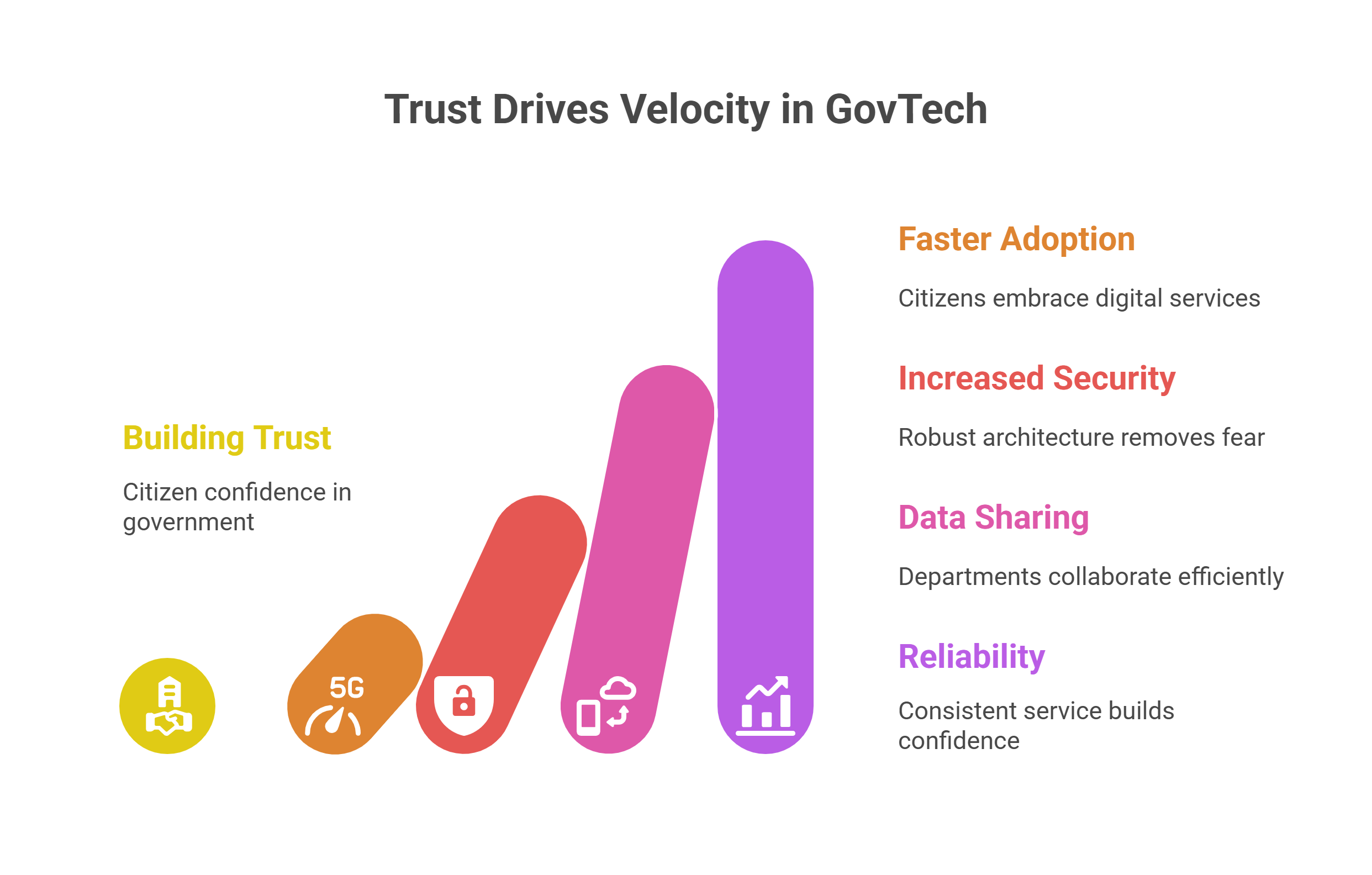
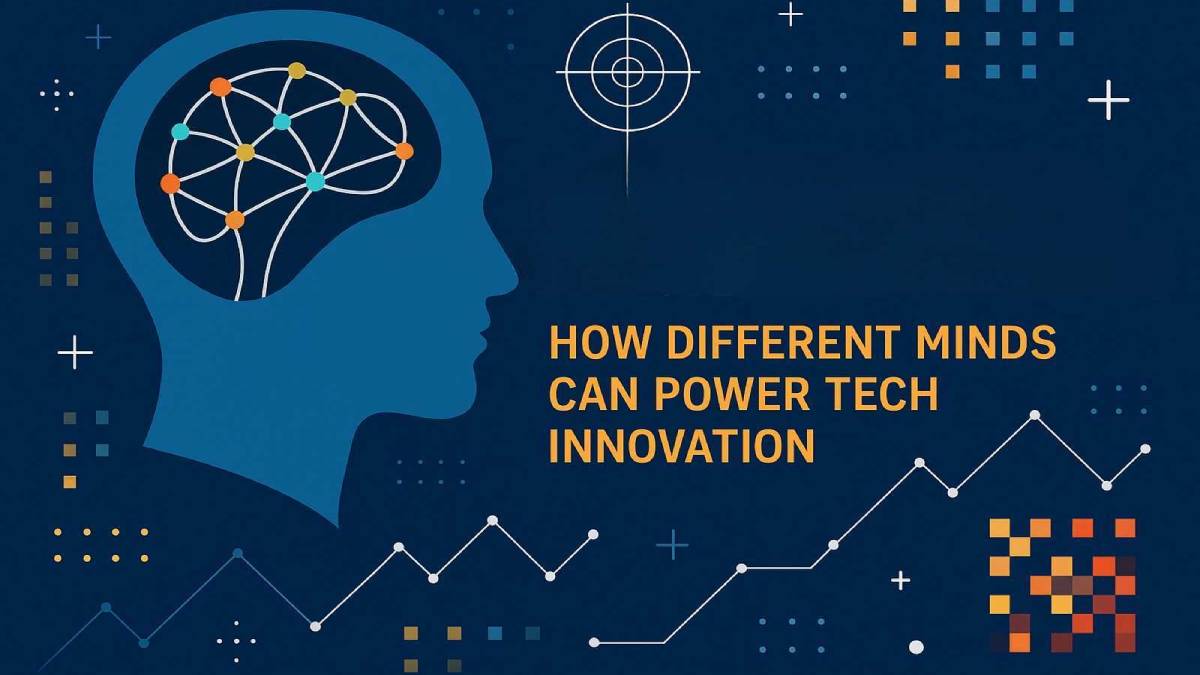
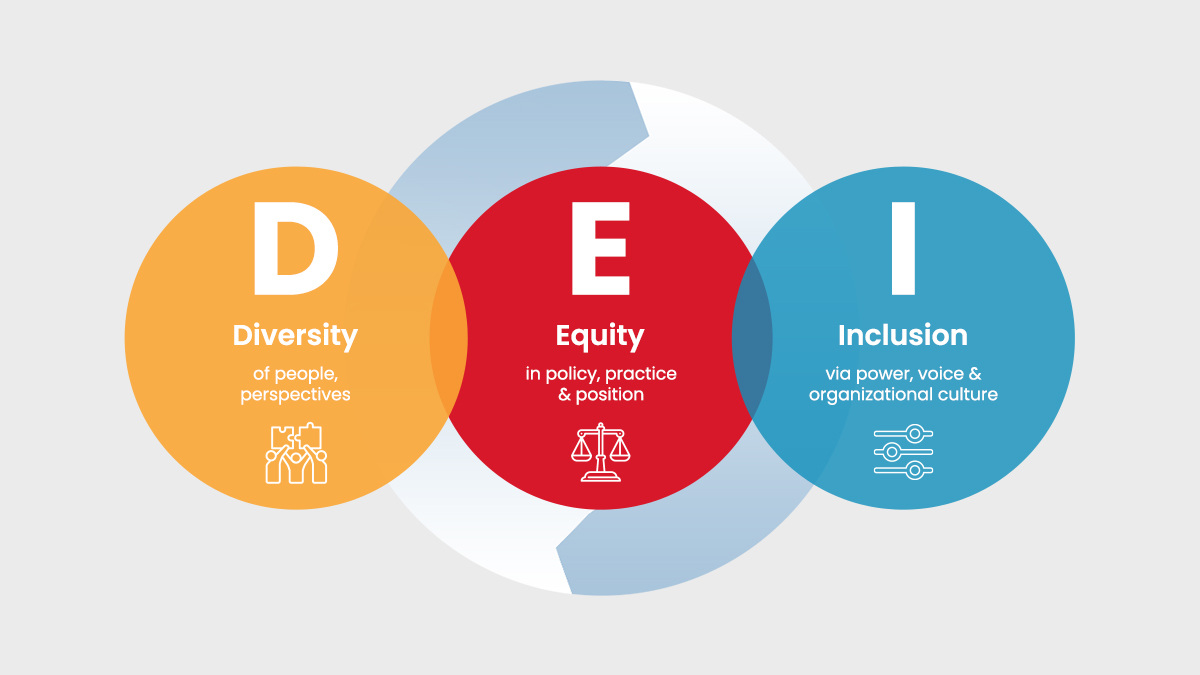




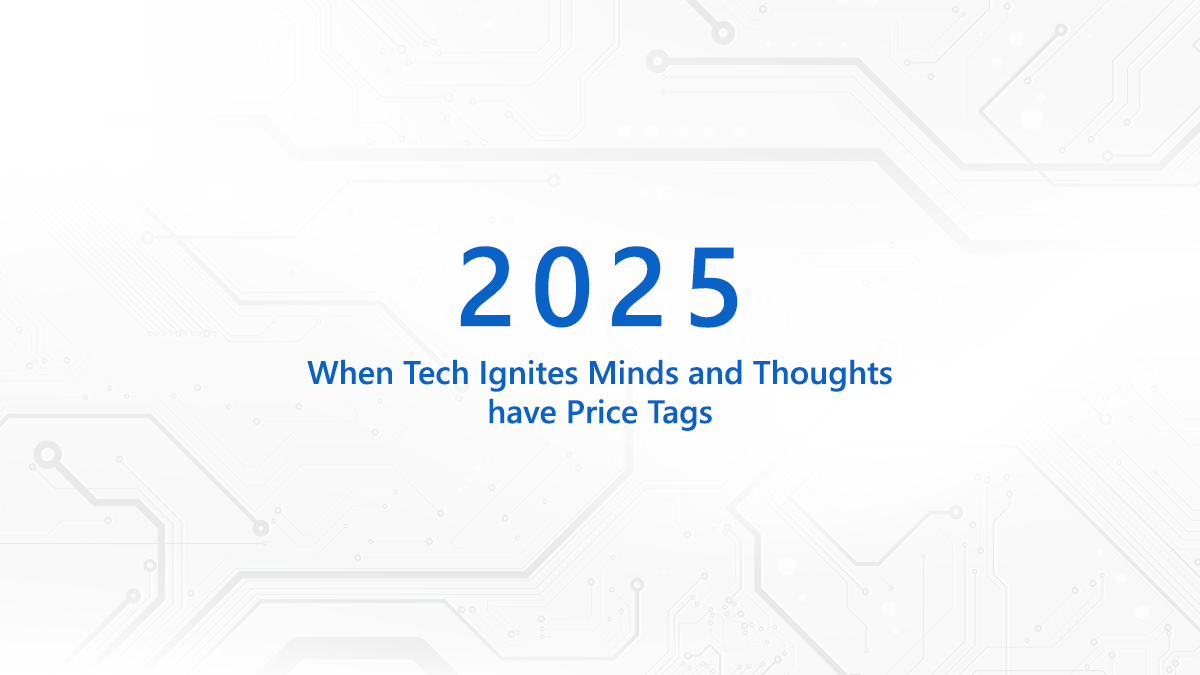
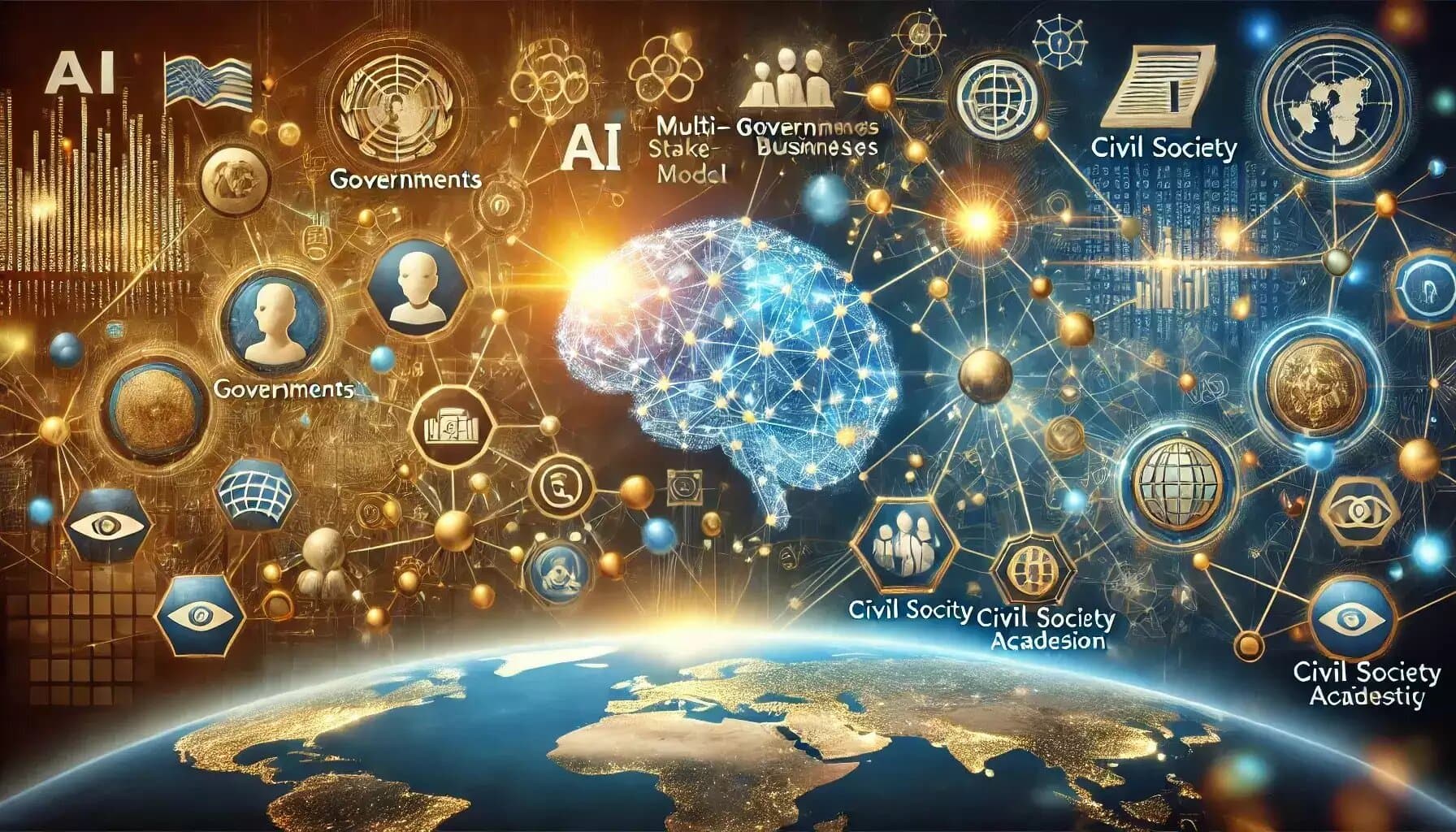





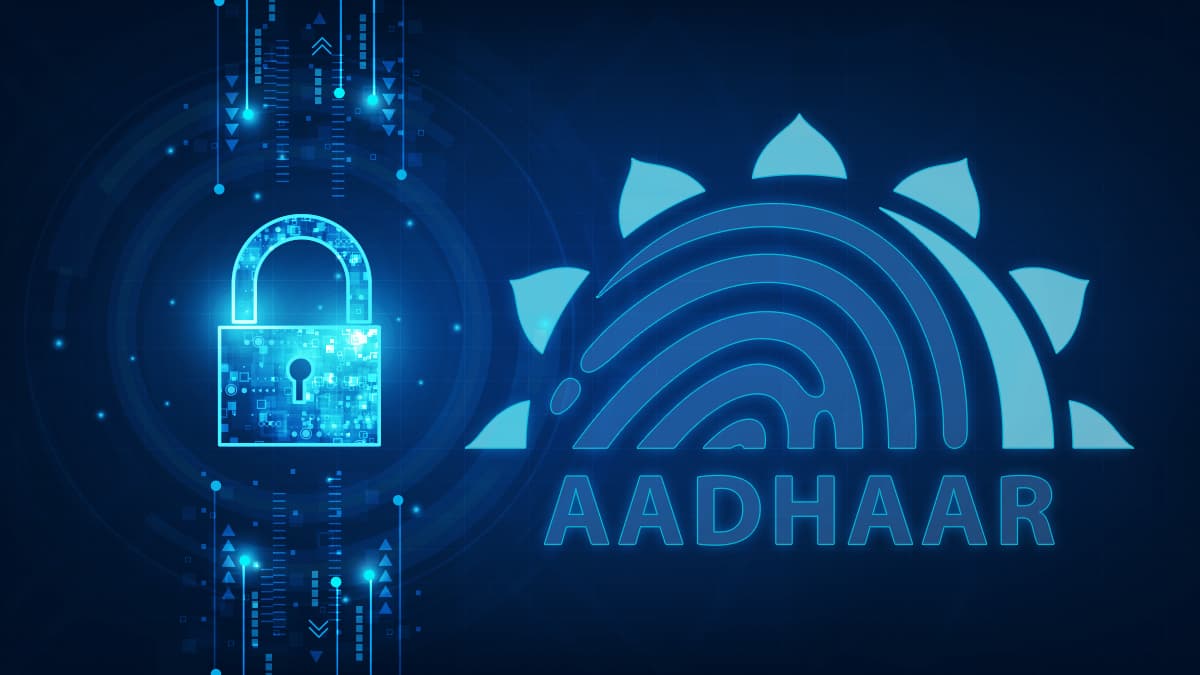
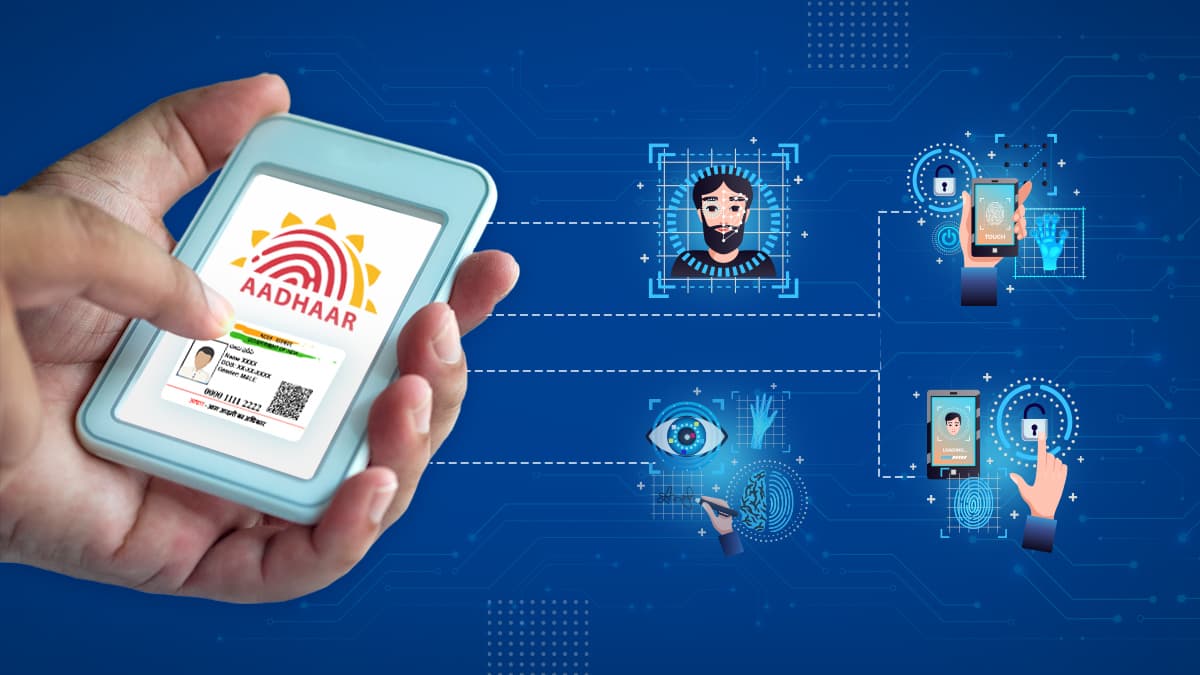
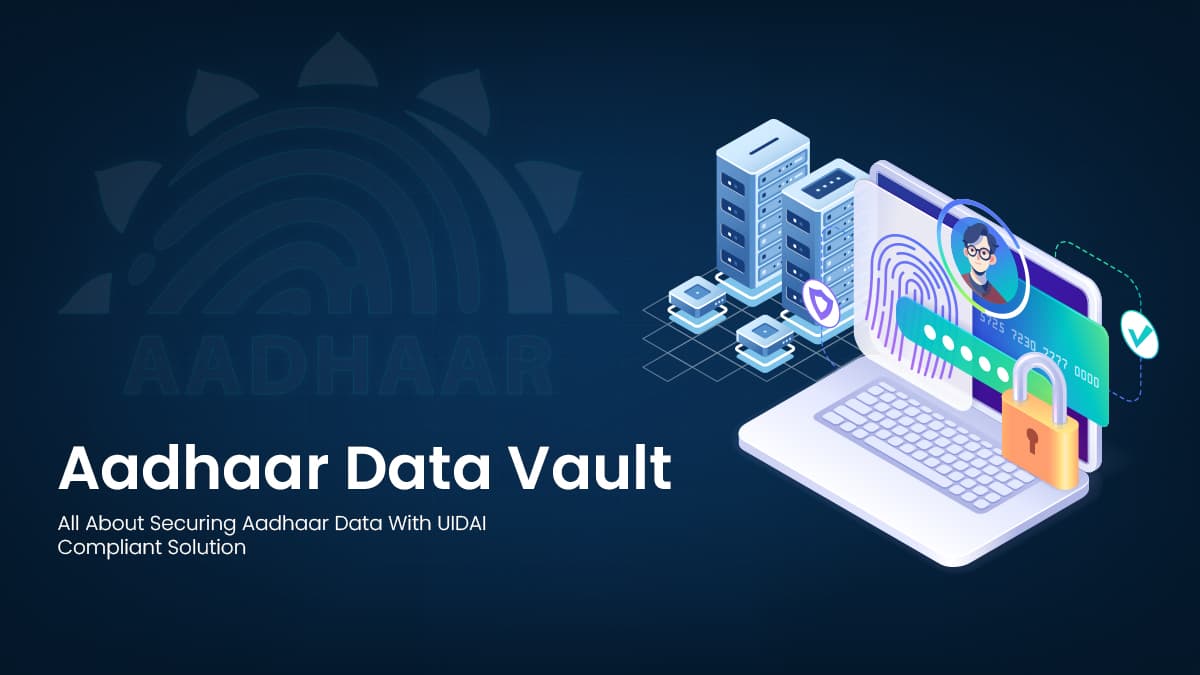

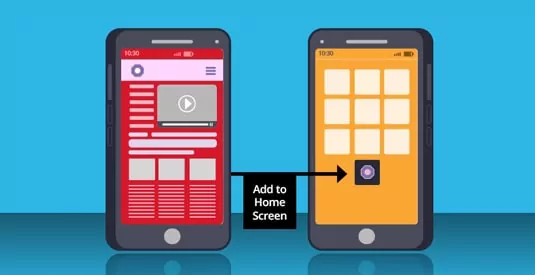

We will verify and publish your comment soon.